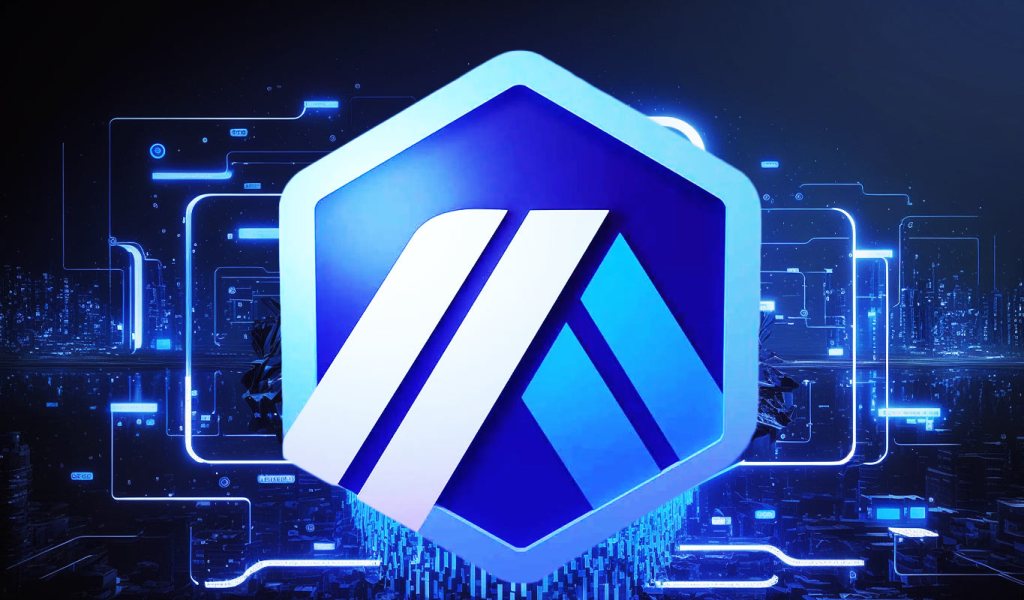The entire world is now paying attention to Bitcoin after the cryptocurrency grew in value over five times in 2020 alone.
But, as positive as 2020 was for Bitcoin, 2021 may usher in a new era of possibility and value for Bitcoin. The new Stacks blockchain, which you may recognize as Blockstack, will bring smart contracts, decentralized apps, and DeFi to the top cryptocurrency for the first time; Here’s what that means for Bitcoin and why the Stacks 2.0 launch could be monumental for the entire crypto industry.
Bitcoin in 2021: Becoming More Than Digital Gold
The digital gold narrative of 2020 has propelled Bitcoin price to well over $30,000, making its former all-time high of $20,000 seem like a distant memory.
The explosive rally caps off what was a challenging year for all. No asset has performed this well amidst the economic uncertainty as BTC has. Even gold, the original safe-haven asset, set a new price record itself, but still couldn’t match Bitcoin’s bullish momentum.
In 2021, however, we believe Bitcoin will become more than digital gold. Stacks 2.0, which is scheduled to launch on January 14, will provide developers tools many thought might never be available on Bitcoin, potentially unlocking billions held passively on the network to this point.
While Bitcoin cemented itself as a store of value, ala digital gold, Ethereum also enjoyed a bull run and renewed interest primarily due to an explosion in decentralized finance applications and protocols built using smart contracts. DeFi, as these apps and services are dubbed, grew exponentially over the summer months as crypto users realized they could borrow and lend, all without the need for a bank.
But soon ETH gas fees skyrocketed, hacks and vulnerabilities continued to be a problem, and Bitcoin took back center stage once again in the mainstream. It seems a promising new market in DeFi is showing how valuable it can be but is still held back by a lack of solid infrastructure, broader public trust, and affordable scalability
It’s these issues that are at the heart of why Stacks 2.0 is so interesting. Can you build things people want, such as DeFi applications, but do so on an asset the most people desire (Bitcoin), on the most secure blockchain available (Bitcoin again), while giving them better assurances about the smart contracts that govern their money, and oh, by the way, make it all scalable as well? Up until now, the answer has been no. The limited scripting language of Bitcoin has forced developers to look elsewhere when considering where and how to build things like DeFi applications.
But with Stacks, you can now build on Bitcoin without modifying it, enabling key tools developers can use to leverage the power of Bitcoin without being restricted by it.
Meet Stacks 2.0, Proof-of-Transfer, STX Tokens, and An Intro On Earning BTC
Stacks is a project originally started back in 2013 by computer scientists Muneeb Ali and Ryan Shea. Although a technical whitepaper was released in 2017, so much has since changed between now and then, that a new Stacks 2.0 whitepaper was released to explain all of the innovations added to the original concept.
Stacks 2.0 introduces the PoX (Proof-of-Transfer) consensus algorithm, creating a one of a kind connection between the Stacks and Bitcoin blockchains. This cutting edge consensus algorithm is what allows for Ethereum-like activity on the Bitcoin blockchain, in addition to a wealth of other features.
Stacks 2.0 also enables a new way to earn BTC. In a process called Stacking, STX holders can earn BTC from the protocol by locking a dynamic minimum amount of tokens to the network and actively supporting blockchain consensus. Stacking is also one of two main pieces of the Proof-of-Transfer mechanism, with mining being the other.
PoX reuses the electricity spent to secure the Bitcoin network rather than consuming electricity a second time. This works when STX miners forward BTC to the network for a chance to lead the block and mine Stacks tokens (STX). Theoretically, anyone with BTC can mine STX tokens, making it one of the more accessible mining opportunities around. The interplay between STX mining and Stacking makes STX unique in that holders can earn a reserve currency (BTC) by supporting the consensus of the blockchain.
By combining PoX with Clarity, a predictable smart contract language designed with Algorand and built to be used on Bitcoin, as well as other important design features of the Stacks chain such as micro blocks, Stacks 2.0 makes developing decentralized applications easy, scalable, secure, and all anchored to Bitcoin.
Stacks 2.0 Mainnet Launch Event Is January 14: Here’s How To Participate
The Stacks 2.0 mainnet will launch on January 14, 2021, bringing with it the promise of a new era of innovation on Bitcoin and potentially a new chapter for the entire internet. . The Clarity smart contract language also goes live with Stacks 2.0 and all of a sudden, developers have a set of tools for building on Bitcoin many never thought they would.
We’re excited to see where innovation on Bitcoin can take Web 3.0, and what a world where users are anchored to a secure base-layer that assures ownership at every level looks like.
To register for the Stacks 2.0 mainnet launch event, be sure to check out the official website. To learn more, you can also read the Stacks 2.0 technical whitepaper.
Disclaimer: The information presented here does not constitute investment advice or an offer to invest. The statements, views, and opinions expressed in this article are solely those of the author/company and do not represent those of Bitcoinist. We strongly advise our readers to DYOR before investing in any cryptocurrency, blockchain project, or ICO, particularly those that guarantee profits. Furthermore, Bitcoinist does not guarantee or imply that the cryptocurrencies or projects published are legal in any specific reader’s location. It is the reader’s responsibility to know the laws regarding cryptocurrencies and ICOs in his or her country.



